Skiing offers the perfect blend of thrill, athleticism, and immersion in nature’s beauty. But as captivating as it is to carve down the slopes, skiing requires a mindful approach to prevent injuries. Whether you’re racing down advanced trails or enjoying a leisurely run, keeping yourself safe and free from injury can elevate your enjoyment and confidence on the slopes. Preparing your body, practising balance, and engaging the right mindset are all part of a smart skier’s routine. Here’s how to keep the exhilaration going all season while reducing the risk of injury.


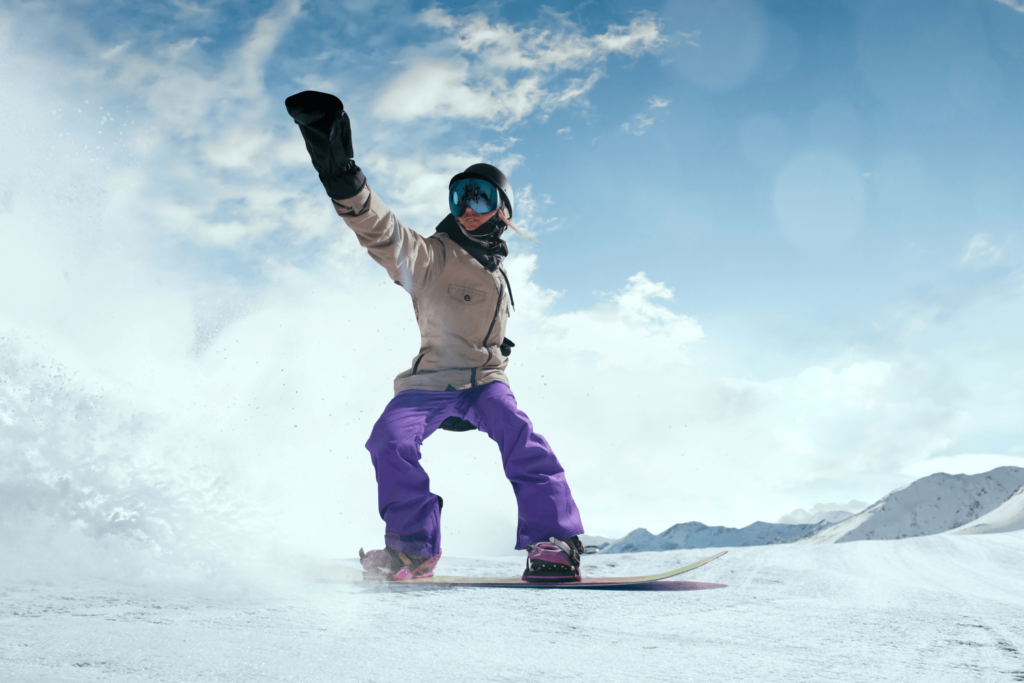
Starting the day with a warm-up is crucial before hitting the slopes. Skiing demands a high level of muscle engagement and quick reflexes, so your body should be fully prepared. By activating key muscle groups through dynamic stretching, you’re setting up for fluid movements and better control. Stretching your legs, hips, and torso is key, as these areas do the most work while skiing. A quick five to ten minutes of active stretches, like leg swings and lunges, brings warmth to the muscles, boosts blood flow, and improves flexibility, making you less prone to strains or sprains. With muscles ready and loose, you can fully focus on each run.
Strength and endurance are your silent partners in skiing. Skiing isn’t just about leg power; it’s a full-body experience requiring core stability and upper body strength, especially when navigating tough turns or adjusting to changing terrain. Simple, targeted exercises off the slopes can build the resilience needed to ski more confidently and effectively. Squats, lunges, and deadlifts give your legs and glutes the strength to tackle slopes, while core work with planks and twists helps you stabilise your body, allowing for smoother turns and quick adjustments. Training these areas can enhance your control, reducing the strain on your knees and other vulnerable joints. In particular, the core muscles provide balance and resilience, supporting you through each pivot and movement without undue pressure on your spine or hips.
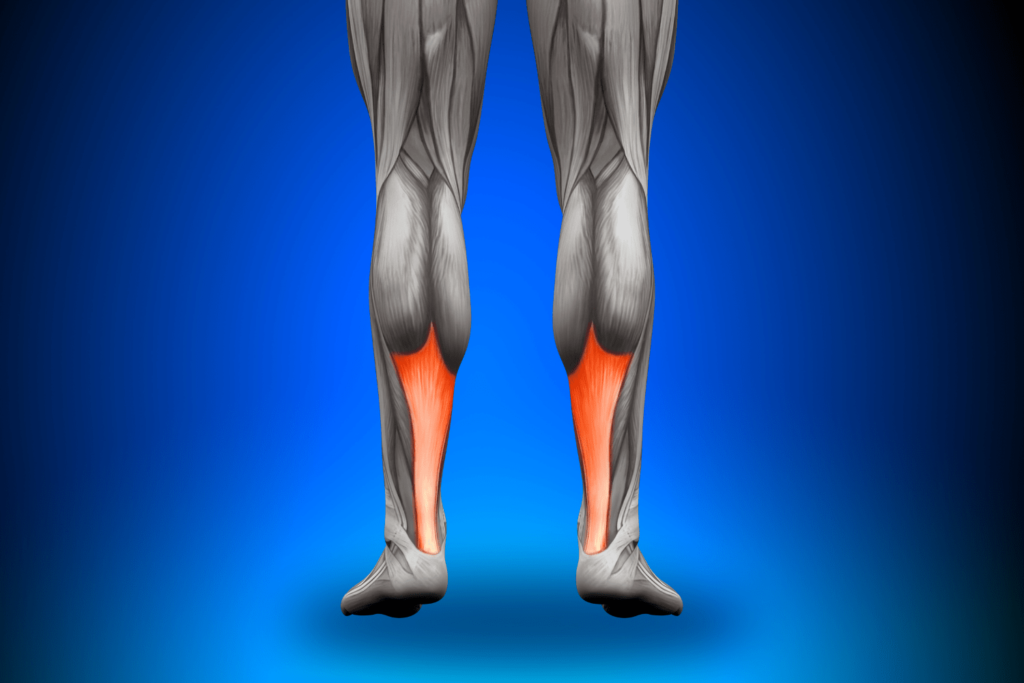
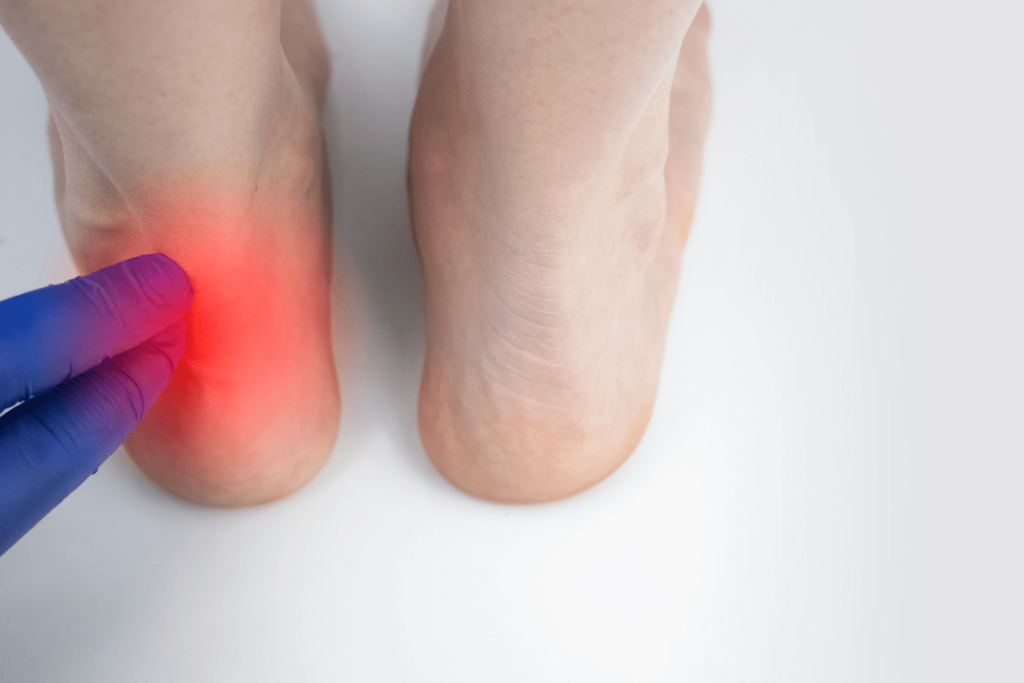
Balance and agility are equally important. When you’re skiing, you’re not just moving down a straight line but constantly adjusting your body. By working on balance and coordination, you gain a better sense of control and reduce your likelihood of slips or awkward movements. Practising balance exercises, like single-leg stands or using a balance board, fine-tunes your stability. This also trains your mind to react quickly, making it easier to stay centred when the slope throws an unexpected curve at you. Not only will better balance improve your form, but it also allows for a more enjoyable experience, letting you focus on the thrill of the run rather than constantly adjusting your stance.
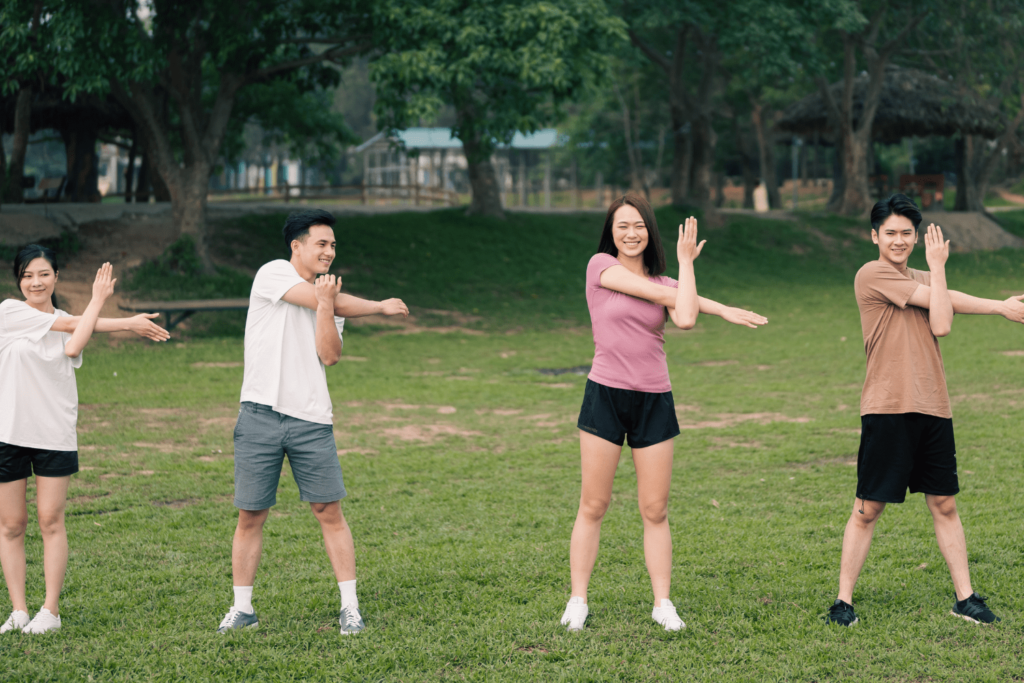
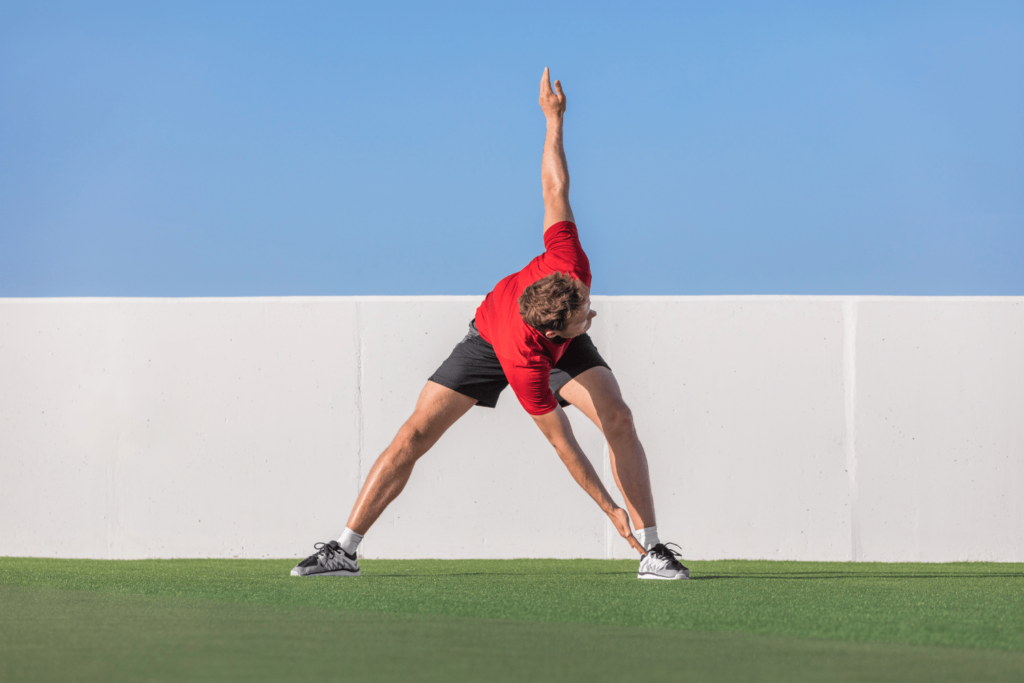
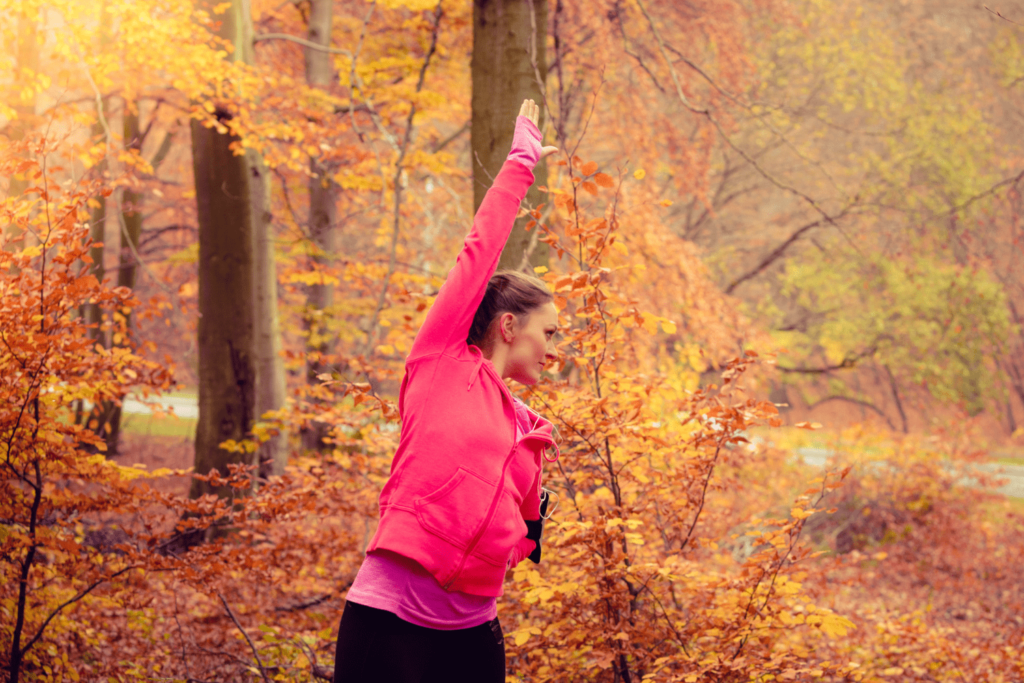
Using quality equipment is another foundational aspect of skiing safely. Your ski boots should fit snugly and comfortably, giving you the stability needed to manoeuvre with precision. Misaligned or ill-fitting boots can throw off your balance and increase the risk of falls. Similarly, making sure your skis are appropriately matched to your skill level and regularly tuned will help you move smoothly and respond precisely to your movements. Equipment that’s too advanced or improperly set up can lead to lost control, especially on more difficult runs. Helmet use is a must—no matter your skill level, head protection is crucial for managing the unexpected, from falls to collisions.
Another essential aspect of staying injury-free is pacing yourself throughout the day. Skiing at altitude can be taxing on the body, with muscle fatigue setting in faster than expected. Taking regular breaks, hydrating, and checking in with your body are all part of responsible skiing. Pushing through when tired can compromise your form, making injuries more likely. By giving yourself a moment to rest, especially on longer days, you maintain alertness and control. Skiing is about endurance as much as it is about skill, and taking things slowly enhances your focus, ensuring each run is safe and enjoyable.
Nutrition also plays a role in injury prevention and performance. Properly fueling your body before and during a day of skiing provides the energy needed for sustained activity. A balanced meal rich in protein and complex carbohydrates in the morning sets a solid foundation. Throughout the day, snack on nutrient-dense foods like nuts or fruit to keep your energy up. Staying hydrated is equally essential, as the altitude and cold temperatures can mask dehydration. With the right fuel, you’re not only more alert but also more capable of skiing with proper form.
Your mental game is just as important as physical readiness when it comes to staying safe. Visualising your route down the mountain before you start each run prepares you mentally for what’s ahead. Practising mindfulness on the slopes—observing your surroundings, breathing steadily, and maintaining calm focus—can help you respond quickly to sudden changes, like an unexpected patch of ice or a sharp turn. This level-headedness allows you to ski with confidence, ensuring you stay agile, aware, and safe.
Finally, remember to allow your body to recover after a long day of skiing. Stretching out tight muscles and getting enough rest prevents overuse injuries and prepares you for the next day on the slopes. Cooling down properly and relaxing sore muscles after skiing makes a big difference in how your body feels and performs. Taking the time to recover also helps prevent longer-term strains, making it easier to ski consistently and injury-free throughout the season.
Skiing with a smart, injury-prevention mindset is key to maximising enjoyment and performance on the slopes. By prioritising preparation, using proper equipment, pacing yourself, and nurturing both your body and mind, you can approach every run with the thrill and confidence that skiing deserves. Staying safe doesn’t mean holding back; it means knowing how to push your limits responsibly, so you can truly savour every exhilarating descent.
Elevate your performance with Apex Sports Clinic! Schedule an appointment today for personalized, expert care in optimizing your athletic potential.


